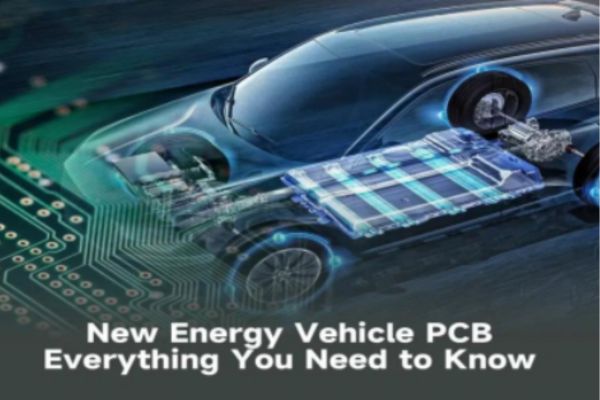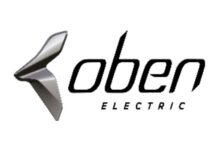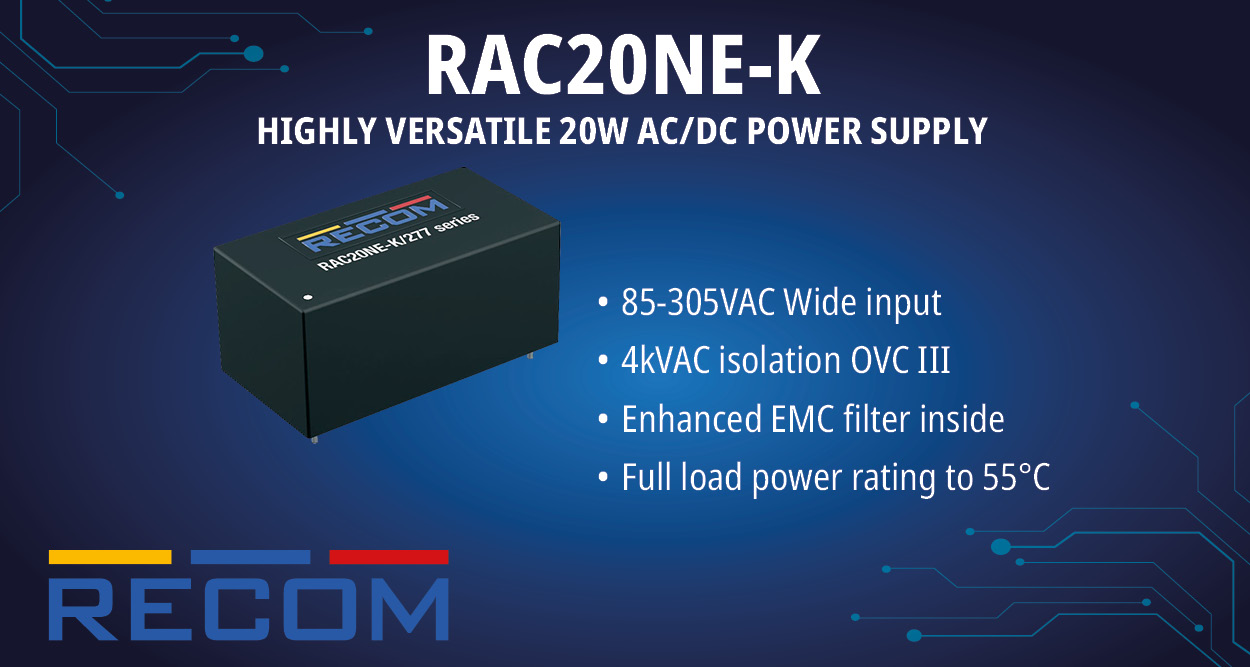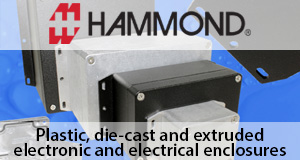The electric vehicle (EV) revolution is no longer a distant dream—it’s here, and it’s accelerating at an unprecedented pace. As the world shifts toward sustainable transportation, the demand for EVs is skyrocketing, driven by environmental concerns, government policies, and advancements in technology. But while much of the spotlight is on batteries, motors, and charging infrastructure, there’s a silent hero powering this transformation: the Printed Circuit Board (PCB).
PCBs are the backbone of modern electronics, and their role in electric vehicles is nothing short of transformative. From power management to advanced driver-assistance systems (ADAS), PCBs are enabling the functionality, safety, and efficiency that define the next generation of EVs. As the EV market grows, so does the PCB market, creating a symbiotic relationship that is reshaping the automotive industry.
Market Trends Driving PCB Innovation
The global PCB market for electric vehicles, valued at $1.7 billion in 2024, is on a strong growth trajectory, with an estimated CAGR of 8.5%, projected to reach $4.4 billion by 2035. This expansion underscores the vital role of PCBs in enabling advanced EV technologies, from battery management systems to autonomous driving, as the world moves toward a more sustainable automotive future. Several key trends are driving this growth:
1. Miniaturization and High-Density Interconnects:
As EVs become more sophisticated, the demand for smaller, more powerful PCBs is increasing. HDI PCBs, which offer higher circuit density and better signal integrity,
are becoming the standard for EV applications. This trend is pushing manufacturers to adopt advanced fabrication techniques and materials.
2. Thermal Management:
EVs generate significant heat, especially in high-power applications like battery packs and motor controllers. PCBs with enhanced thermal management capabilities, such as metal-core PCBs and embedded cooling solutions, are in high demand to ensure reliability and longevity.
3. Sustainability:
The push for greener technologies extends to PCBs as well. Manufacturers are exploring eco-friendly materials, lead-free soldering, and recyclable designs to align with the sustainability goals of the EV industry.
4. Autonomous Driving:
The race toward fully autonomous vehicles is accelerating the need for high performance PCBs. These systems require ultra-reliable, high-speed PCBs capable of processing real-time data from multiple sensors. This is driving innovation in materials, design, and manufacturing processes.
The Role of PCBs in Electric Vehicles
At their core, electric vehicles are essentially computers on wheels. They rely on a complex network of electronic systems to manage everything from battery performance to infotainment. PCBs are the unsung heroes that make this possible. Here’s how:
1. Battery Management Systems (BMS):
The heart of an EV is its battery, and the brain behind the battery is the Battery Management System. PCBs in BMS ensure optimal charging, discharging, and thermal management, extending battery life and enhancing safety. As EV batteries become more advanced, the demand for high-performance, multi-layered PCBs is growing.
2. Power Electronics:
EVs rely on power electronics to convert and control electrical energy. PCBs in inverters, converters, and motor controllers ensure efficient energy transfer, reducing losses and improving overall vehicle efficiency. With the rise of high-voltage systems in EVs, PCBs are evolving to handle greater power densities and thermal challenges.
3. Advanced Driver-Assistance Systems (ADAS):
From lane-keeping assist to autonomous driving, ADAS technologies are becoming standard in modern EVs. These systems depend on high-density interconnect (HDI) PCBs to process vast amounts of data from sensors, cameras, and radar systems. The precision and reliability of these PCBs are critical for ensuring passenger safety.
4. Infotainment and Connectivity:
Today’s EVs are more than just vehicles—they’re connected devices. Infotainment
systems, GPS, and vehicle-to-everything (V2X) communication rely on flexible and rigid-flex PCBs to deliver seamless user experiences. As consumers demand smarter, more connected vehicles, the role of PCBs in this space will only grow.
Challenges and Opportunities
While the PCB market for EVs is brimming with opportunities, it’s not without its challenges. The complexity of EV electronics demands PCBs that can withstand harsh environments, including extreme temperatures, vibrations, and moisture. Additionally, the rapid pace of technological advancement requires manufacturers to stay ahead of the curve, investing in R&D and adopting new technologies.
However, these challenges also present opportunities for innovation. Companies that can develop robust, high-performance PCBs tailored to the unique needs of EVs will have a competitive edge. Collaboration between PCB manufacturers, automotive OEMs, and technology providers will be key to driving this innovation forward.
The Road Ahead
As the electric vehicle market continues to evolve, the importance of PCBs cannot be overstated. They are the enablers of the advanced technologies that make EVs safer, smarter, and more efficient. The future of electric vehicles is not just about bigger batteries or faster charging—it’s about the intricate electronics that power these innovations.
For PCB manufacturers, the EV revolution represents a golden opportunity to redefine their role in the automotive industry. By embracing new technologies, addressing emerging challenges, and aligning with the sustainability goals of the EV market, they can position themselves at the forefront of this transformative era.
In conclusion, the printed circuit board market is not just a supporting player in the EV revolution—it’s a driving force. As electric vehicles become the norm, the innovations in PCB technology will continue to shape the future of transportation, making it cleaner, smarter, and more connected than ever before. The road ahead is electric, and PCBs are leading the way.

















